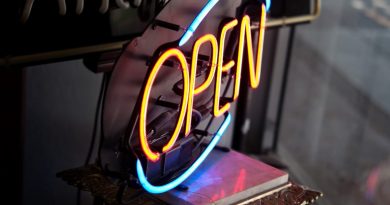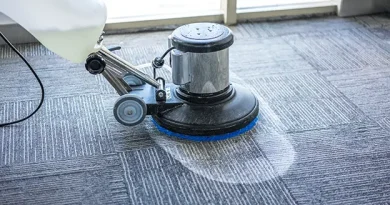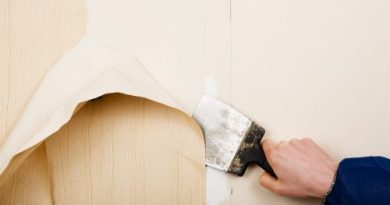Understanding the Disadvantages of Epoxy Flooring Coating
Epoxy flooring is lauded for its resilience and aesthetic appeal, especially in industrial and garage settings. However, it’s crucial to consider several potential disadvantages before choosing this flooring option for your space. This article explores the various drawbacks of epoxy flooring, from installation challenges to long-term maintenance demands.
Installation Challenges
Epoxy flooring installation is not a straightforward DIY project. It requires a series of precise steps, starting with extensive surface preparation. The existing floor must be clean, free of cracks, and completely level. Any mistakes in mixing or applying the epoxy can lead to significant issues, from an uneven finish to premature peeling.
High Initial and Maintenance Costs
While epoxy might seem cost-effective initially, it can be expensive due to the complexity of its installation and the quality of materials used. Professional installation is recommended to avoid the pitfalls of incorrect application, which can further drive-up costs. Long-term maintenance can also be a challenge; although epoxy floor coating are easy to clean, repairing scratches, chips, or peeling areas can be costly and require professional assistance.
Limited Design and Color Options
While epoxy flooring offers some level of customization, options are generally limited compared to other flooring types like tile or hardwood. Custom colors and patterns can be more expensive, and while the finish is glossy and can visually enhance a space, it may not suit everyone’s aesthetic preferences. Additionally, the availability of specific designs might be restricted by regional availability and the technical capabilities of the installers. This means that for those seeking highly personalized flooring solutions, epoxy might not always be the best fit.
Environmental and Health Concerns
The chemical components of epoxy, primarily resins and hardeners, can be harmful to both the environment and personal health. During application, these chemicals release volatile organic compounds (VOCs), which can cause respiratory issues and other health problems if inhaled in enclosed spaces. Extended exposure to these VOCs can lead to more severe health issues, including chronic respiratory problems and even nervous system damage. It’s crucial for applications to be performed in well-ventilated areas and with proper safety gear.
Durability Issues
Despite its reputation for durability, epoxy flooring is not immune to damage. It can crack and chip, especially if heavy objects are dropped on it or if the underlying concrete shifts. Furthermore, while epoxy is generally resistant to stains and moisture, its surface can become slippery when wet, posing a safety risk. To mitigate these issues, it’s important to consider the use of textured additives to improve traction and ensure that the underlying floor is properly prepared to minimize shifting and cracking over time.
Difficulty in Removal and Replacement
Once installed, epoxy flooring is difficult to remove. The process is labor-intensive and time-consuming, often requiring professional help. This makes it less flexible than other flooring options that can be more easily replaced or updated.
FAQ
How long does epoxy flooring last?
Epoxy flooring can last between 10 to 20 years, depending on traffic levels and maintenance practices. In residential settings with moderate foot traffic.
Is epoxy flooring safe for homes with pets and children?
Yes, epoxy is safe and resistant to mold, bacteria, and allergens. However, it can be slippery when wet, so choosing a textured finish is advisable to prevent falls (Clean Coatings LLC).
Can epoxy flooring be installed over an existing floor?
Epoxy can be applied over various types of existing flooring, provided the surface is properly prepared. This includes thorough cleaning and ensuring the floor is level (Clean Coatings LLC).
Conclusion
Epoxy flooring, with its impressive sheen and durability, is a popular choice for various settings. However, it’s crucial to balance these benefits against its drawbacks. The installation is complex and potentially hazardous, and the flooring itself presents long-term maintenance challenges and a lack of flexibility in design updates. Additionally, environmental concerns and the difficulty of removal at the end of its lifecycle warrant careful consideration. Before deciding, assess your immediate needs and future plans, and consult with a flooring expert to make the best choice for your situation.




